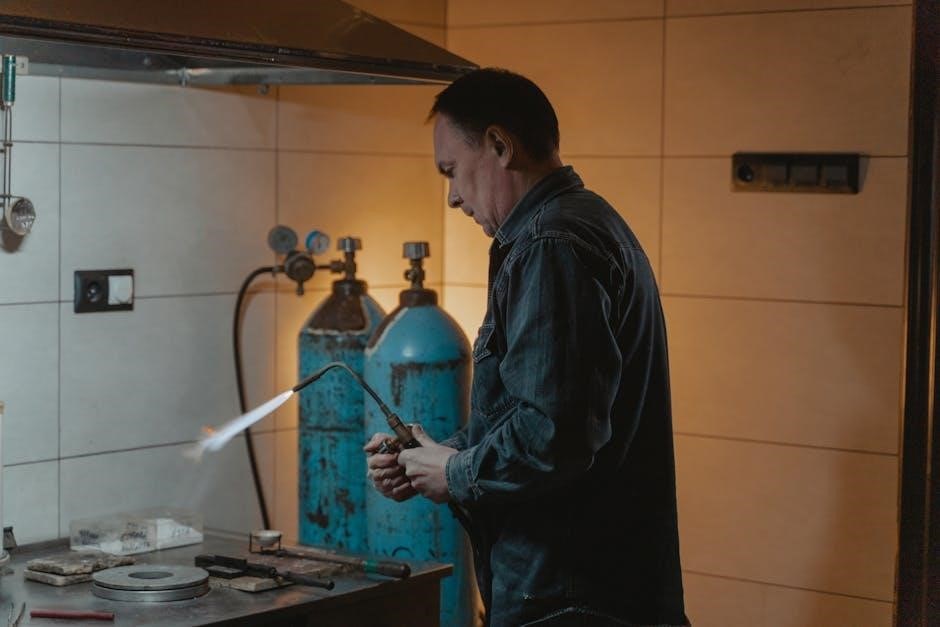Dr. Emil Vodder’s Manual Lymph Drainage (MLD) is a groundbreaking therapy in physical therapy‚ enhancing lymphatic circulation through gentle‚ precise movements. This guide provides a comprehensive overview of its theory‚ practical techniques‚ and applications‚ making it an essential resource for practitioners and students alike.
Overview of Manual Lymph Drainage (MLD)
Manual Lymph Drainage (MLD) is a gentle‚ non-invasive therapy developed by Dr. Emil Vodder to enhance lymphatic circulation; It involves slow‚ rhythmic‚ and precise hand movements that stimulate lymph vessels‚ encouraging the removal of toxins and excess fluids. MLD is performed by trained practitioners who follow specific techniques to direct lymph fluid toward healthy lymph nodes‚ promoting detoxification and immune support. This therapy is widely used in physical therapy‚ rehabilitation‚ and wellness practices. It is particularly beneficial for conditions like lymphedema‚ post-surgical swelling‚ and chronic pain. The technique emphasizes light pressure and a soothing rhythm‚ making it suitable for sensitive patients. By improving lymphatic flow‚ MLD supports overall health and aids in the body’s natural healing processes; This guide provides detailed insights into the practice‚ ensuring effective and safe application of MLD techniques.
Historical Background and Development of MLD
Manual Lymph Drainage (MLD) was pioneered in the 1930s by Dr. Emil Vodder‚ a Danish physician‚ and his wife‚ Estrid Vodder‚ a physiotherapist. Their groundbreaking work stemmed from observations of the lymphatic system’s role in immune function and detoxification. Initially developed as a treatment for chronic sinusitis and other immune-related disorders‚ MLD evolved into a versatile therapy for various conditions. The Vodders’ innovative approach emphasized gentle‚ rhythmic manual techniques to stimulate lymphatic circulation. Their work gained international recognition‚ leading to the establishment of MLD as a cornerstone in physical therapy and lymphology. Over decades‚ the technique has been refined and expanded‚ yet it remains true to the Vodders’ original principles of promoting lymphatic flow through precise‚ gentle movements. Today‚ MLD is widely accepted as a vital tool in healthcare‚ honoring the legacy of its founders.
The Role of Dr. Emil Vodder in MLD
Dr. Emil Vodder‚ a Danish physician‚ is credited with the creation and refinement of Manual Lymph Drainage (MLD). Recognizing the lymphatic system’s significance in health‚ Vodder developed this technique in the 1930s to address lymphatic congestion and promote immune function. His innovative approach focused on gentle‚ precise manual movements to stimulate lymph flow‚ distinguishing MLD from other massage techniques. Vodder’s work laid the foundation for modern lymphatic therapy‚ emphasizing the importance of understanding lymphatic anatomy and physiology. He also established training programs‚ ensuring the technique’s dissemination worldwide. His dedication to improving health through lymphatic care has left a lasting legacy‚ making him a pioneer in the field of lymphology and a key figure in the development of MLD as a therapeutic practice.
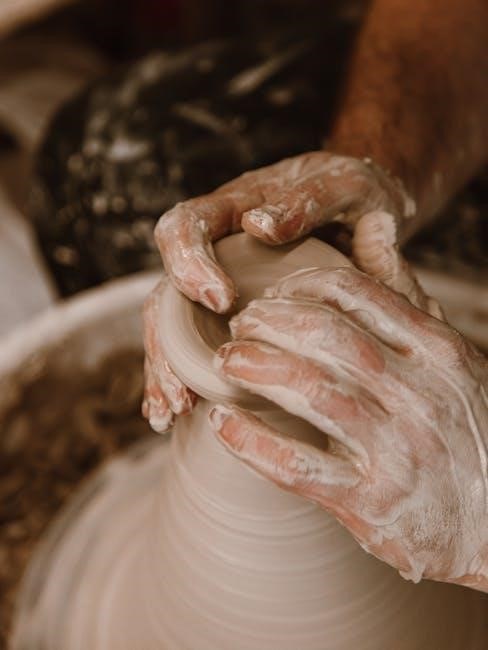
Theoretical Foundations of MLD
Manual Lymph Drainage is rooted in the lymphatic system’s role in immunity‚ detoxification‚ and fluid balance. Its principles rely on enhancing lymph flow through gentle‚ rhythmic movements.
Anatomical Structures of the Lymphatic System
The lymphatic system consists of lymph capillaries‚ lymph vessels‚ lymph nodes‚ and lymph ducts. Lymph capillaries absorb interstitial fluid‚ forming lymph‚ which flows into larger vessels. These vessels are equipped with one-way valves to prevent backflow‚ ensuring unidirectional movement toward lymph nodes. Lymph nodes act as filtration centers‚ housing immune cells that eliminate pathogens and foreign particles. The lymphatic system converges into two major ducts: the thoracic duct and the right lymphatic duct‚ which empty lymph into the bloodstream. Understanding these structures is crucial for MLD‚ as techniques aim to facilitate the natural flow of lymph through these pathways‚ enhancing detoxification and immune function. Proper manipulation of these structures ensures effective drainage and overall systemic health.
Physiological Principles of Lymphatic Circulation
The lymphatic system plays a vital role in maintaining fluid balance by returning proteins and excess fluids from tissues to the bloodstream. It also supports immune function by producing lymphocytes‚ which combat infections. Lymph circulation relies on muscle contractions‚ breathing movements‚ and valve mechanisms within lymph vessels to ensure unidirectional flow. Unlike blood circulation‚ lymph flow is slower and relies on external factors for movement. Understanding these physiological principles is essential for effective Manual Lymph Drainage‚ as it aims to enhance lymphatic circulation when natural mechanisms are impaired. By promoting smooth lymph flow‚ MLD supports detoxification and immune health‚ aligning with the body’s natural processes to restore balance and well-being.
Current Perspectives on Lymphatic Pathways
Recent advancements in medical research have deepened our understanding of lymphatic pathways‚ revealing their intricate role in overall health. The lymphatic system is now recognized not only for its detoxification and immune functions but also for its involvement in tissue repair and inflammation regulation. Modern imaging techniques have mapped lymphatic pathways with greater precision‚ enabling targeted therapies. These insights have refined Manual Lymph Drainage techniques‚ emphasizing personalized approaches based on specific lymphatic anatomy. Additionally‚ research highlights the lymphatic system’s connection to the nervous system‚ suggesting a broader impact on overall well-being. This evolving knowledge underscores the importance of integrating MLD into holistic healthcare practices‚ addressing both physical and systemic conditions more effectively. Such advancements continue to validate Dr. Vodder’s pioneering work while opening new avenues for therapeutic applications.
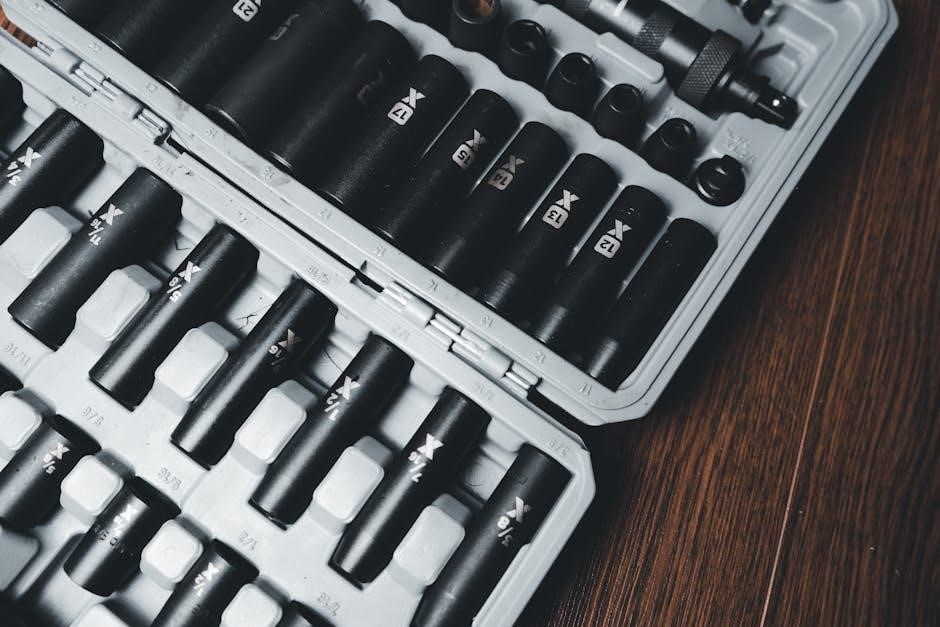
Practical Techniques of MLD
MLD involves gentle‚ rhythmic strokes to guide lymph fluid through vessels‚ enhancing circulation and detoxification. Techniques focus on direction‚ pressure‚ and timing to stimulate lymph flow effectively.
Step-by-Step Guide to MLD Massage
A step-by-step MLD massage begins with preparation‚ ensuring a calm environment and light pressure to avoid overwhelming the lymphatic system. Start with manual techniques such as stationary circles and pumping motions to stimulate lymph vessels. Work in the direction of lymph flow‚ focusing on key areas like the neck‚ trunk‚ and extremities. Use gentle‚ rhythmic strokes to guide fluid toward lymph nodes‚ enhancing drainage. For specific conditions‚ adapt techniques to target affected regions‚ such as swollen limbs or post-surgical areas. Conclude with relaxation to promote overall well-being. Proper training is essential to master these steps effectively.
Hand and Thumb Movements in MLD
In MLD‚ hand and thumb movements are precise and gentle‚ designed to stimulate lymph vessels without applying pressure. Techniques include stationary circles‚ pumping actions‚ and light strokes. The fingers and thumbs are used to create a wave-like effect‚ guiding lymph fluid toward lymph nodes. Proper hand positioning ensures that movements are soft yet effective. The hands work in harmony‚ with one hand preparing the area while the other executes the technique. Thumb movements are particularly important for stimulating lymph vessels near joints or bony structures. Pressure should be light to avoid compressing the vessels‚ ensuring smooth‚ even flow. Mastery of these movements requires practice and sensitivity to the body’s responses. Dr. Vodder emphasized that gentle‚ rhythmic motions are key to achieving therapeutic benefits.
Stimulating Lymph Vessels for Smooth Flow
Stimulating lymph vessels is central to MLD‚ involving light‚ rhythmic strokes that guide lymph fluid toward lymph nodes. Techniques include gentle pumping‚ scooping‚ and stationary circles‚ which create a wave-like motion. The direction of strokes always follows the natural pathway of lymph flow‚ ensuring fluid moves efficiently. Pressure is minimal to avoid compressing vessels‚ while the speed and rhythm are adjusted based on the client’s condition. Proper stimulation enhances lymph circulation‚ reducing swelling and promoting detoxification. The method also targets anastomoses‚ alternative pathways that reroute lymph when primary vessels are blocked. Regular practice improves the therapist’s ability to sense subtle changes in lymph flow‚ ensuring effective treatment. This gentle approach makes MLD suitable for diverse conditions‚ from chronic inflammation to post-surgical recovery‚ while maintaining the integrity of the lymphatic system. Breathing techniques are often integrated to enhance relaxation and lymphatic response.
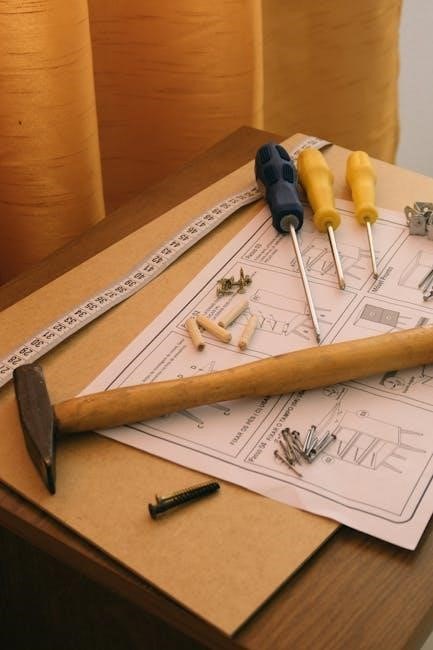
Indications and Benefits of MLD
MLD effectively addresses lymphedema‚ post-surgery swelling‚ chronic inflammation‚ and detox. It enhances immune function‚ improves circulation‚ and supports overall wellness and recovery naturally.
MLD in Physical Therapy and Rehabilitation
MLD is widely recognized for its role in physical therapy and rehabilitation‚ offering gentle‚ non-invasive techniques to aid recovery. It is particularly effective in reducing post-surgical swelling‚ enhancing mobility‚ and alleviating chronic pain. By improving lymphatic circulation‚ MLD helps eliminate toxins and promote tissue repair‚ making it a valuable adjunct to traditional rehabilitation methods. Many physical therapists incorporate MLD into treatment plans for patients with lymphedema‚ sports injuries‚ or chronic conditions like arthritis. Its ability to restore balance and reduce inflammation makes it an essential tool in post-operative care and long-term recovery. MLD also complements exercises and compression therapies‚ ensuring a holistic approach to healing and restoring function.
Therapeutic Applications of MLD
Manual Lymph Drainage (MLD) has diverse therapeutic applications‚ making it a versatile treatment modality. It is widely used to manage lymphedema‚ a condition characterized by chronic swelling due to impaired lymphatic function. MLD also aids in reducing inflammation and promoting healing in post-surgical patients‚ particularly after procedures involving lymph node removal. Additionally‚ it is effective in alleviating chronic pain‚ improving circulation‚ and addressing conditions like fibromyalgia. MLD is often employed to enhance detoxification processes‚ supporting the body’s natural cleansing mechanisms. Its gentle‚ rhythmic techniques make it suitable for sensitive patients‚ including those with skin conditions or fragile tissues. By stimulating lymphatic flow‚ MLD helps restore balance and promotes overall well-being‚ making it a cornerstone in holistic and integrative healthcare practices. Its versatility ensures it is applied across various clinical and therapeutic settings to address a range of health challenges.
Enhancing Overall Wellness with MLD
Manual Lymph Drainage (MLD) is not only a therapeutic technique but also a powerful tool for enhancing overall wellness. By stimulating the lymphatic system‚ MLD helps detoxify the body‚ improve circulation‚ and boost immune function. Regular sessions can reduce stress‚ promote relaxation‚ and enhance sleep quality. The gentle‚ rhythmic strokes of MLD encourage the removal of toxins‚ which can leave individuals feeling refreshed and rejuvenated. It is particularly beneficial for those seeking preventive care or maintaining a healthy lifestyle. MLD also supports emotional well-being by creating a sense of calm and balance. Many practitioners incorporate MLD into wellness routines to address chronic fatigue‚ improve skin health‚ and increase energy levels. Its holistic approach makes it an ideal complement to other self-care practices‚ fostering a deeper connection between body and mind. Dr. Vodder’s technique continues to be a cornerstone in promoting lifelong wellness and vitality.
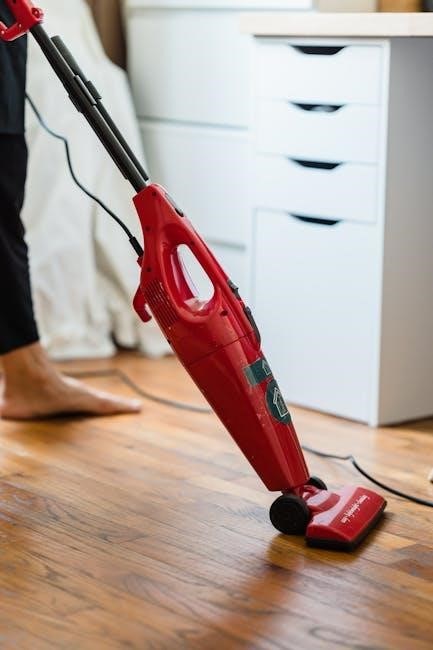
Contraindications and Safety Considerations
MLD is contraindicated in acute infections‚ active cancer‚ or severe heart conditions. Practitioners must avoid areas with open wounds or fragile skin. Proper training is essential.
When to Avoid Manual Lymph Drainage
Safety Precautions for Practitioners
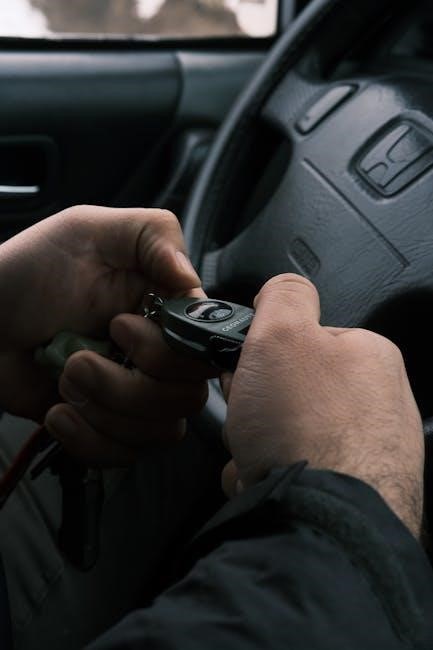
Advanced Techniques and Variations
Advanced MLD incorporates specialized strokes‚ pressures‚ and rhythms tailored to specific conditions‚ enhancing lymph flow and therapeutic outcomes for complex cases and chronic inflammation.
Combining MLD with Other Therapies
Manual Lymph Drainage (MLD) can be effectively combined with other therapies to enhance therapeutic outcomes. For instance‚ integrating MLD with acupuncture‚ compression therapy‚ or exercise programs can amplify its benefits‚ particularly for patients with chronic swelling or post-surgical recovery. This multi-modal approach allows practitioners to address both lymphatic and circulatory systems simultaneously‚ promoting faster healing and better patient comfort. Additionally‚ MLD can be paired with thermal therapies‚ such as heat or cold applications‚ to further stimulate lymphatic flow and reduce inflammation. When combined with mindfulness practices like yoga or breathing exercises‚ MLD can also contribute to overall stress reduction and improved well-being. Always ensure that such combinations are tailored to individual needs and performed under professional guidance to maximize efficacy and safety.
Specialized Techniques for Specific Conditions
Dr. Vodder’s Manual Lymph Drainage (MLD) offers specialized techniques tailored to address specific conditions. For instance‚ in cases of post-surgical swelling or lymphedema‚ gentle‚ rhythmic strokes are modified to avoid areas of trauma while promoting lymphatic flow. For conditions like fibromyalgia or chronic pain‚ lighter pressure and slower movements are used to accommodate sensitivity. In acne or sinusitis‚ MLD focuses on facial lymph nodes to reduce inflammation and improve drainage. These adaptations ensure that the technique remains effective while respecting the unique needs of each condition. Practitioners often combine these specialized methods with patient-specific exercises or compression garments for enhanced outcomes. Customization is key‚ allowing MLD to be a versatile and effective treatment across a wide range of health challenges.
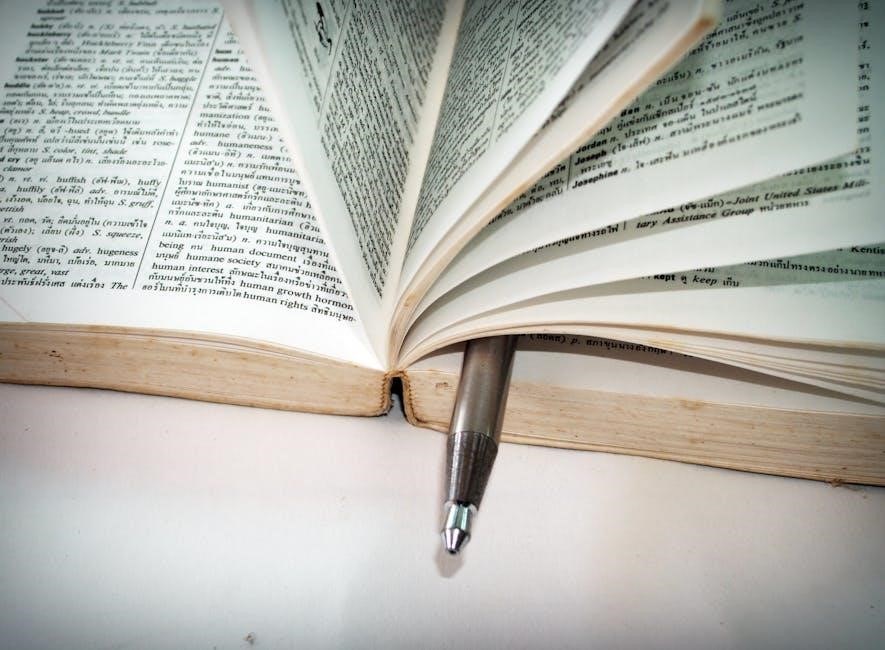
Case Studies and Real-World Applications
Dr. Vodder’s MLD has proven effective in diverse clinical scenarios‚ demonstrating measurable improvements in lymphatic function and patient outcomes across various conditions.
Success Stories from MLD Practitioners
Practitioners worldwide have reported remarkable success using Dr. Vodder’s MLD technique‚ highlighting its effectiveness in addressing lymphatic-related conditions. One notable case involved a patient with severe lymphedema following cancer treatment‚ who experienced significant reduction in swelling and improved mobility after regular MLD sessions. Another practitioner shared a story of a client with chronic inflammation‚ who found lasting pain relief through MLD. These testimonials underscore the technique’s ability to restore lymphatic function and enhance overall well-being. Many practitioners emphasize the versatility of MLD‚ adapting it to diverse conditions such as post-surgical recovery‚ fibromyalgia‚ and even aesthetic rejuvenation. The consistent positive outcomes have solidified Dr. Vodder’s method as a cornerstone in lymphatic therapy‚ inspiring continued adoption and innovation in the field.
MLD in Modern Medical Practice
Dr. Vodder’s Manual Lymph Drainage has become an integral part of modern medical practice‚ particularly in the management of lymphatic disorders and post-surgical recovery. Hospitals and clinics worldwide now incorporate MLD as a standard treatment for conditions like lymphedema‚ chronic inflammation‚ and post-cancer rehabilitation. Its non-invasive nature and proven efficacy make it a preferred therapy for patients seeking holistic care. Many medical professionals combine MLD with other therapies‚ such as compression bandaging and exercise‚ to enhance outcomes. The technique is also gaining traction in preventive care‚ helping individuals at risk of lymphatic dysfunction maintain optimal health. As research continues to validate its benefits‚ MLD remains a cornerstone in contemporary lymphatic therapy‚ bridging traditional methods with cutting-edge medical approaches.
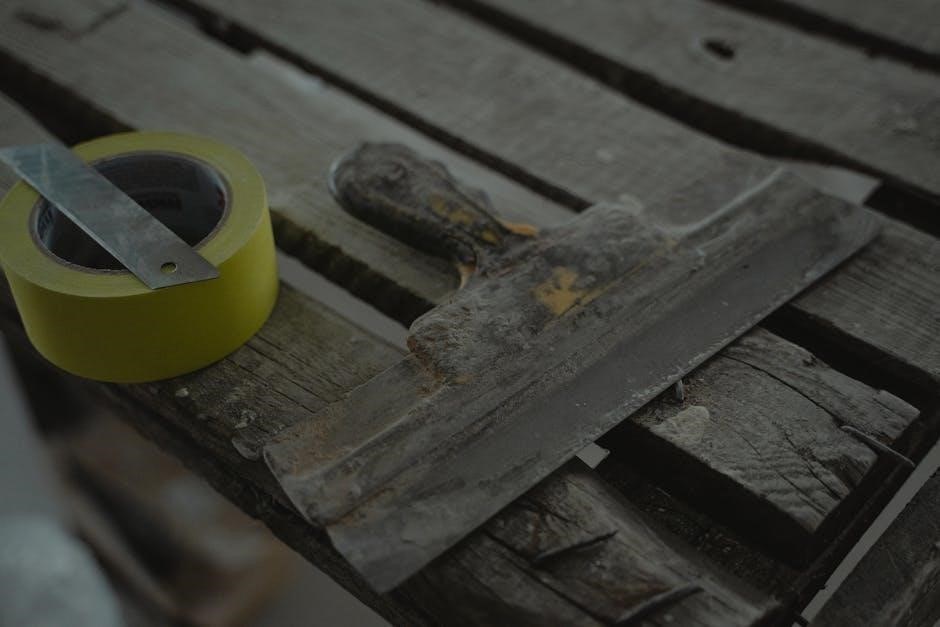
Training and Certification in MLD
Comprehensive training programs teach Dr. Vodder’s techniques‚ emphasizing proper hand movements and lymphatic anatomy. Certification ensures practitioners master the method‚ adhering to its original principles.
Education and Certification Programs
Education and certification in Dr. Vodder’s Manual Lymph Drainage are essential for mastering this specialized technique. Training programs are structured to provide a deep understanding of lymphatic anatomy‚ physiology‚ and the principles of MLD. Students learn through a combination of theoretical lectures‚ practical demonstrations‚ and hands-on training. These programs are typically offered by accredited institutions or certified instructors who have undergone extensive training in the Vodder method. Certification is awarded upon successful completion of both written and practical exams‚ ensuring competence in applying the technique safely and effectively. Many programs also include case studies and clinical applications to prepare practitioners for real-world scenarios. Certification is a benchmark of quality‚ ensuring that practitioners adhere to Dr. Vodder’s original methodology and maintain high standards of care.
Mastering the Vodder Technique
Mastering Dr. Vodder’s Manual Lymph Drainage requires dedication‚ precision‚ and a deep understanding of lymphatic physiology. Practitioners must develop the ability to apply gentle‚ rhythmic strokes that follow the natural direction of lymph flow. Proper hand positioning and pressure are critical to avoid causing discomfort or disrupting the delicate lymphatic vessels. Continuous practice and feedback from certified instructors help refine technique. Mastery also involves understanding individual patient needs‚ as lymphatic conditions vary widely. Over time‚ skilled practitioners develop the intuition to adapt the technique while maintaining its core principles. Regular updates on the latest research and clinical advancements ensure ongoing improvement. True mastery of the Vodder Technique is a lifelong commitment to excellence and patient-centered care.
Dr. Vodder’s MLD remains a cornerstone in lymphatic care‚ with its benefits widely recognized. Future directions include advancing research‚ integrating innovative techniques‚ and promoting global acceptance.
The Evolution of MLD in Healthcare
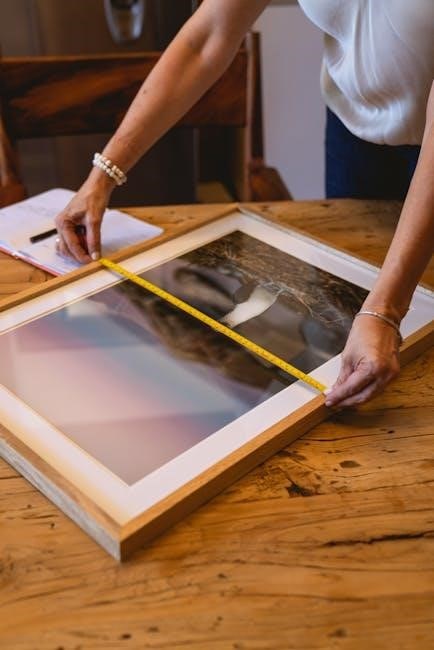
Manual Lymph Drainage (MLD)‚ developed by Dr. Emil Vodder‚ has evolved significantly since its introduction in the 1930s. Initially met with skepticism‚ MLD gained acceptance as research demonstrated its efficacy in enhancing lymphatic function. Today‚ it is a cornerstone in lymphatic care‚ integrated into various healthcare settings‚ including hospitals‚ clinics‚ and therapeutic practices. Its applications now extend beyond lymphedema management to post-surgical recovery‚ chronic pain relief‚ and detoxification. The technique’s popularity has spurred advancements in education‚ with standardized training programs ensuring its safe and effective application. As understanding of the lymphatic system deepens‚ MLD continues to adapt‚ incorporating new insights while maintaining Dr. Vodder’s original principles. Its evolution reflects a growing recognition of the lymphatic system’s critical role in overall health and well-being.
Dr. Vodder’s Legacy in Lymphatic Therapy
Dr. Emil Vodder’s pioneering work in Manual Lymph Drainage (MLD) has left an indelible mark on lymphatic therapy. His innovative approach revolutionized the understanding and treatment of lymphatic disorders‚ establishing MLD as a cornerstone of modern lymphatic care. By creating a gentle‚ non-invasive technique‚ Dr. Vodder empowered therapists to address lymphedema‚ swelling‚ and detoxification with precision. His teachings emphasized the importance of respecting the body’s natural rhythms‚ earning him international recognition. The Vodder School‚ founded by Dr. Vodder and his wife‚ Estrid‚ remains a leading institution for MLD training‚ ensuring his methodology is preserved and advanced. Dr. Vodder’s legacy endures through the thousands of practitioners and patients worldwide who benefit from his groundbreaking work‚ solidifying his role as a visionary in the field of lymphatic therapy.
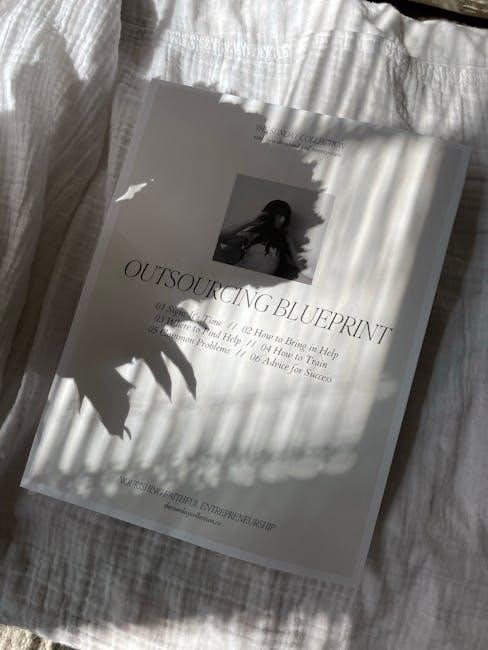
Resources for Further Learning
Explore comprehensive resources to deepen your understanding of Dr. Vodder’s MLD. Recommended textbooks provide foundational knowledge‚ online workshops offer practical skills‚ and professional forums foster community engagement and ongoing education.
Recommended Textbooks and Guides
For an in-depth understanding of Dr. Vodder’s Manual Lymph Drainage‚ several textbooks and guides are highly recommended. Dr. Emil Vodder’s original work‚ along with updated editions‚ provides a comprehensive foundation. Practical guidebooks written by certified practitioners offer step-by-step techniques‚ case studies‚ and clinical applications. These resources are essential for both professionals and students‚ ensuring a thorough grasp of the methodology. Additionally‚ books focusing on lymphatic anatomy and physiology complement the practical aspects of MLD. Many of these guides include visual aids‚ such as diagrams and photographs‚ to enhance learning. They are widely regarded as indispensable tools for mastering the Vodder technique and staying updated on current practices in lymphatic therapy.
- “Manual Lymph Drainage: A Practical Guide” by Dr. Emil Vodder
- “The Complete Guide to Lymph Drainage Massage” by Elisabeth Kubler
- “Lymphatic Drainage: Theory and Practice” by Anne Williams
Online Courses and Workshops
Online courses and workshops on Dr. Vodder’s Manual Lymph Drainage offer flexible and comprehensive learning opportunities. These programs are designed for professionals and students seeking to master the technique. Many courses include video tutorials‚ interactive modules‚ and downloadable resources. They cover topics such as the theoretical foundations‚ practical techniques‚ and clinical applications of MLD. Some platforms provide certification upon completion‚ ensuring a high standard of training. These online resources are ideal for continuing education and skill enhancement. They also offer updates on the latest research and advancements in lymphatic therapy. Practitioners can access these courses from anywhere‚ making them a convenient option for professional development.
- The Vodder School International – Certified MLD Courses
- Lymphatic Therapy Association – Online Workshops
- Manual Lymph Drainage Certification Program
Professional Communities and Forums
Professional communities and forums dedicated to Dr. Vodder’s Manual Lymph Drainage provide invaluable networking and knowledge-sharing opportunities. These platforms connect practitioners‚ therapists‚ and researchers worldwide‚ fostering collaboration and advancing the field. Many organizations‚ such as the International Society of Lymphology and the Lymphology Association of North America‚ host forums and discussion groups. These communities offer access to expert advice‚ case studies‚ and updates on the latest techniques. They also serve as hubs for professional development‚ with members sharing best practices and innovative approaches. Engaging with these forums enables practitioners to stay updated on industry standards and research. Additionally‚ they provide emotional and professional support‚ helping therapists navigate challenges and grow in their careers. Such communities are essential for the global advancement of MLD.
- International Society of Lymphology Forum
- Lymphology Association of North America (LANA)
- Vodder School International Alumni Network
